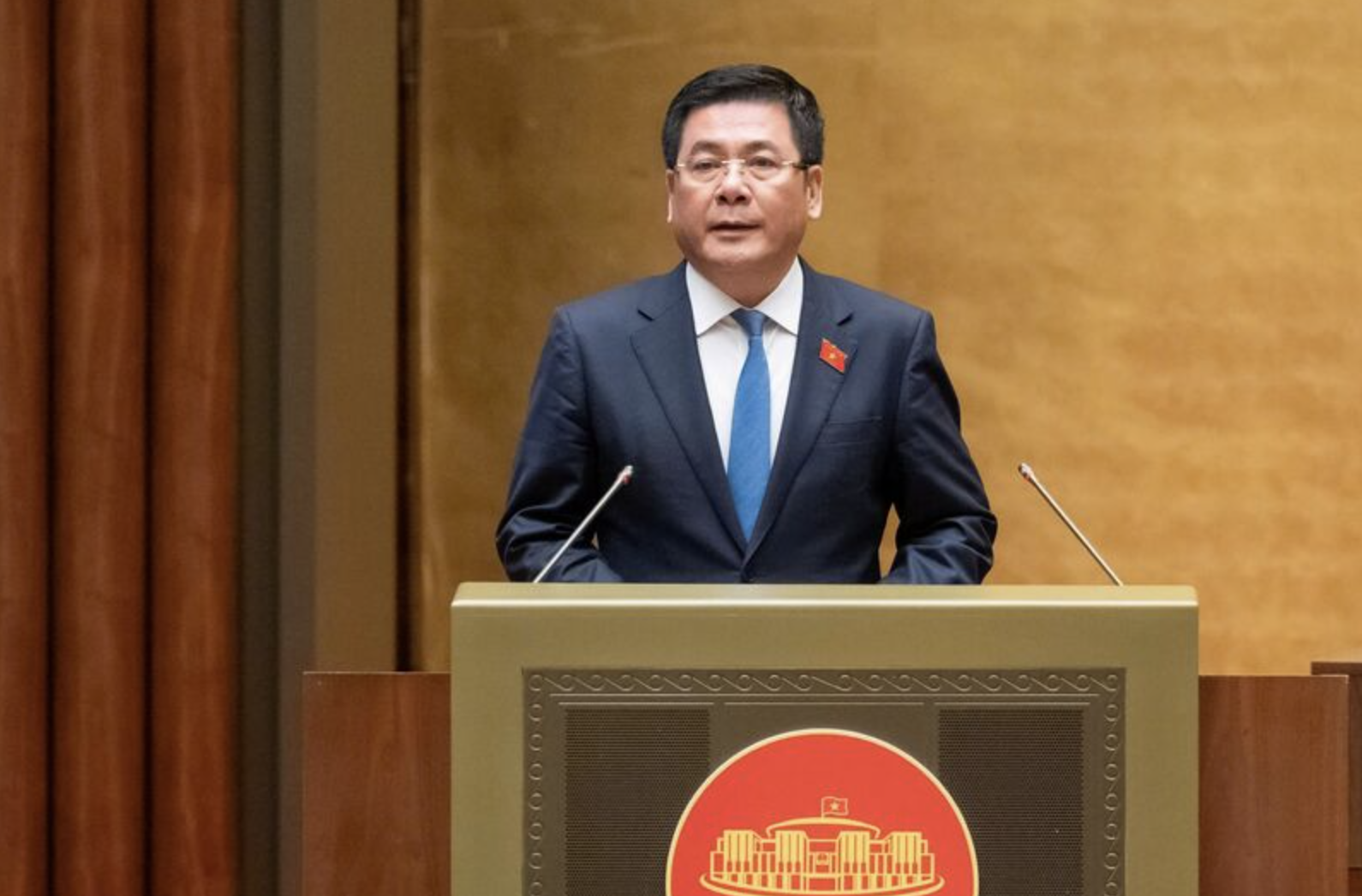
Breakthrough energy resolution paves way for offshore wind
19:05 | 23/03/2025 14:30 | 11/12/2025News and Events
In these places, culture and commerce have intertwined to create new currents of development.
Taxila: Where the bell fell silent on the Silk Road
Our car left Islamabad in the golden morning light, tracing through the dusty roads of Punjab before entering Taxila, a serene valley once known as the radiant heart of Buddhist civilization. As the delegation from Vietnam’s Ministry of Industry and Trade (MoIT) arrived, a reverent silence enveloped us, as though the weight of centuries had suddenly returned.
At the entrance stood the weathered blue UNESCO sign:
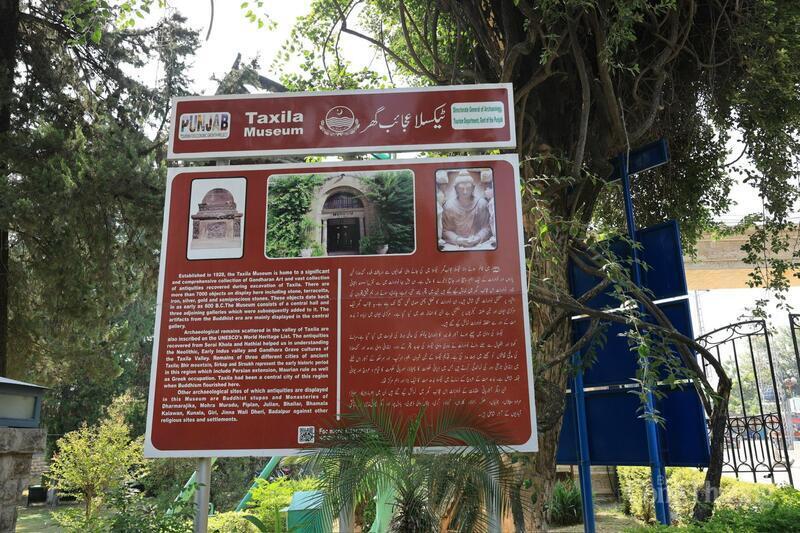
The information board introducing the Taxila Museum relic site.
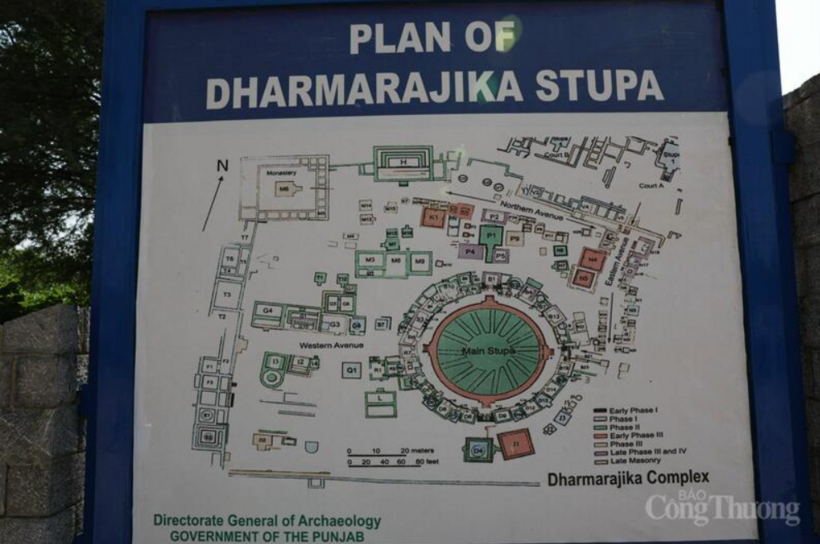
An overview map of the Taxila heritage site is displayed right at the entrance gate.
Dharmarajika Stupa, a World Heritage Site since 1980. This ancient Buddhist complex, built by Emperor Ashoka the Great, also known as Dharmaraja, the “King of Righteous Law,” was constructed to enshrine the relics of the Buddha along the Dharma stream. The name Dharmarajika itself means “the stupa of the King of Righteousness.”
Archaeological records show that the site was excavated between 1912 and 1916 under the supervision of Sir John Marshall, with further studies in the 1930s. The main stupa, 40 meters in diameter and 14 meters high, is surrounded by dozens of smaller votive stupas and shrines built during the Kushan dynasty (2nd - 5th centuries). Statues of the Buddha, Bodhisattvas, and carved animals in the Gandhara style still whisper stories of devotion and artistry lost to time.
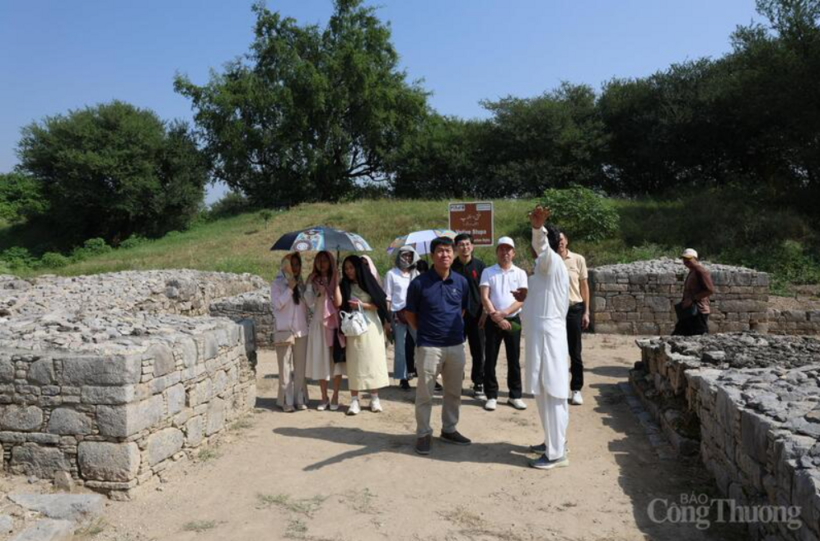
A corner of the Taxila archaeological site.
The local guide, with pride and melancholy, told us: “Dharmarajika was once the largest and oldest Buddhist monument in Taxila. It was built by Emperor Ashoka to enshrine the Buddha’s relics. The name carries his own title, Dharmaraja, the ruler who devoted his life to righteousness.”
Listening to his words, I recalled Vietnam’s own sages, those who governed through virtue and wisdom, who believed that “the people are the root, morality the foundation.” The resonance was uncanny, a dialogue between civilizations across time and space.
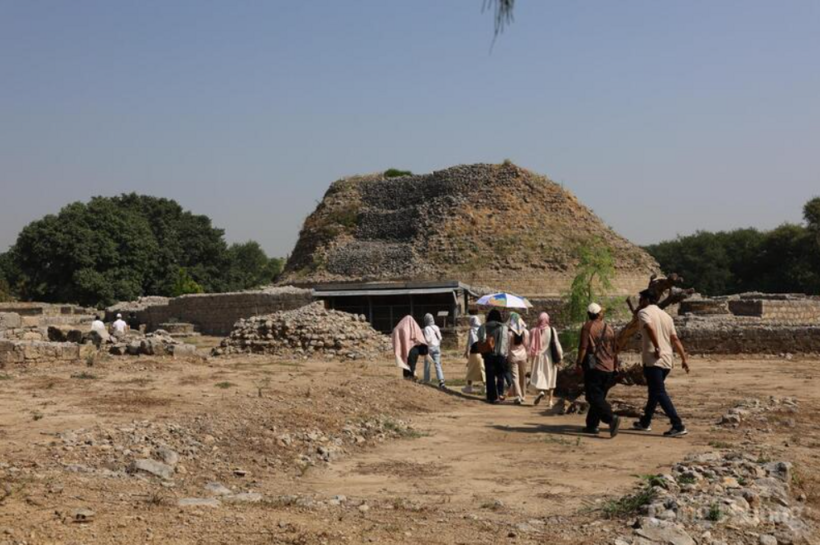

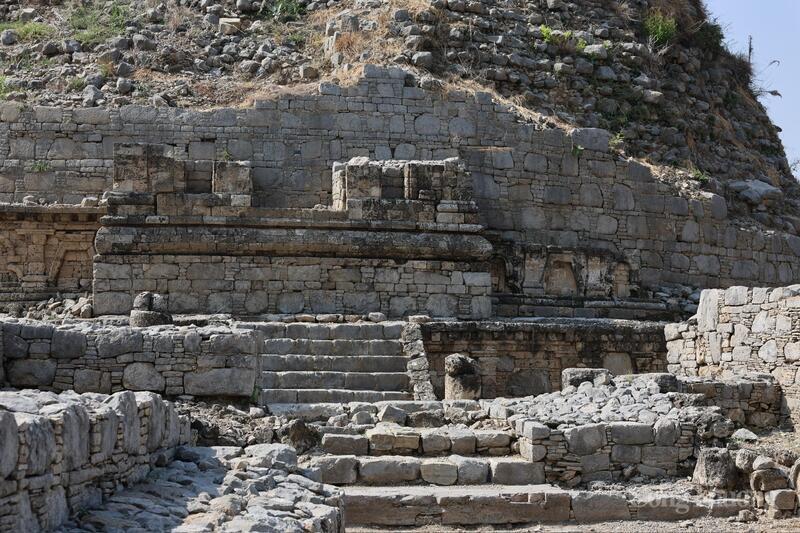
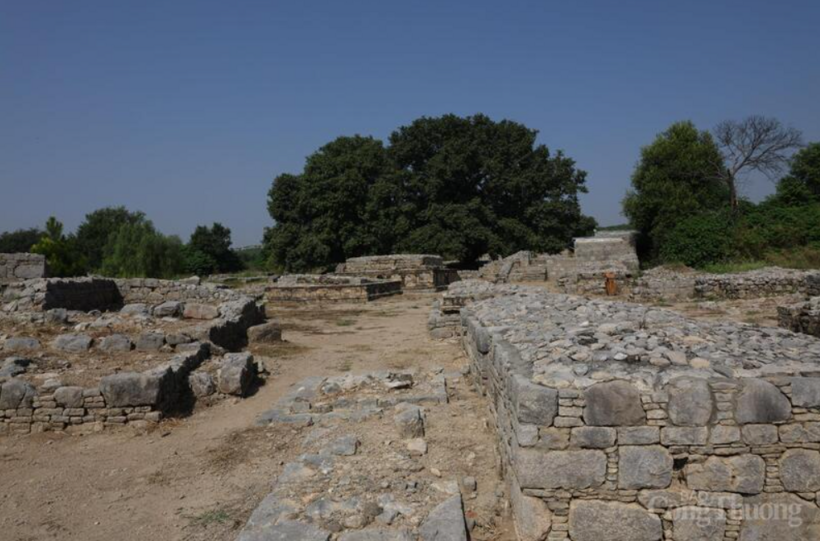
The once-glorious Buddhist capital now remains only as desolate stone terraces.
Two millennia ago, this land was the intellectual heart of the ancient world, where Indian, Greek, and Persian scholars once gathered to share their teachings. Today, more than 7,000 Buddhist artifacts remain preserved here, alongside the memory of Master Xuanzang, the historical monk who inspired the legendary teacher in Journey to the West. Few people realize that he was among the last monks from China to study at this ancient “Buddhist university.”
The renowned monk Xuanzang was one of the final pilgrims from early China. Between 629 and 645 CE, he journeyed across the Indian subcontinent in search of sacred Buddhist scriptures, visiting Gandhara, which he called Kien-to-Lo. Upon his return to China, he carried with him over 650 manuscripts and described Gandhara in his travel records as a land of profound scholarship, industrious monks, and countless stupas piercing the sky, a civilization that remained vibrant despite centuries of upheaval.
Ancient records praise it as “a land of deep learning, where monks are diligent and temples cover the horizon. Though tested by time, its spirit continues to shine,” the tour guide, with evident pride, whispered: “This was once the Harvard of Asia.” His words drifted in the wind, part pride, part melancholy.
Another inscription reads: “Taxila lies along a branch of the ancient Silk Road, connecting China with the Western world. It once served as one of Asia’s great centers of learning and trade.”
The ruins scattered across the valley reflect the distinctive urban model of the Gandhāran civilization, which flourished from the 5th century BCE to the 5th century CE. Under the Mauryan and Kushan dynasties, a constellation of stupas, monasteries, and Buddhist universities, including Dharmarajika, Jaulian, Kalawan, and Mohra Muradu, were built. Scholars and monks from across Asia flocked here, turning Taxila into a radiant hub of Buddhist learning, art, and architecture.
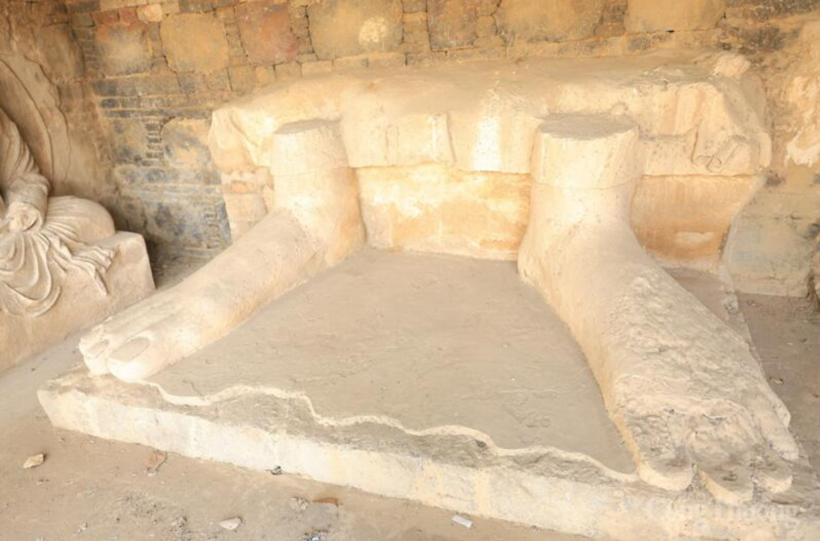
The footprint relic of a giant Buddha statue at the Taxila archaeological site.
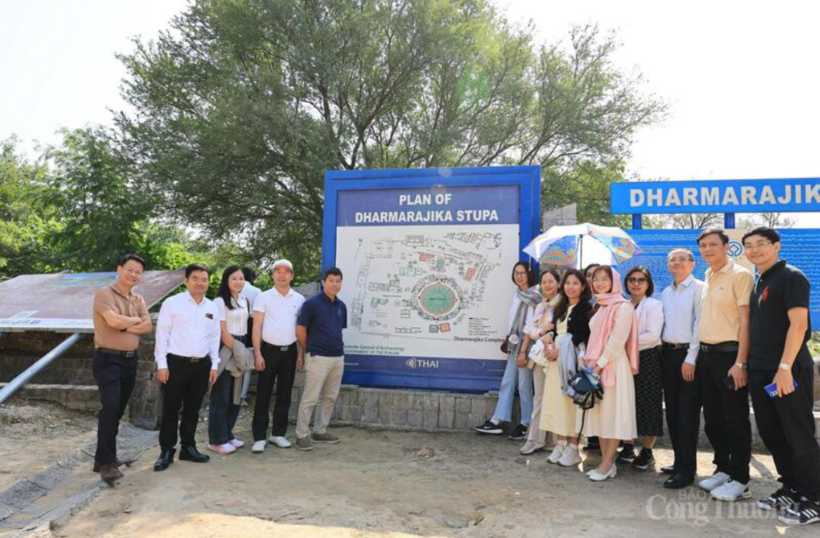
The delegation from the Ministry of Industry and Trade visits Taxila – a UNESCO World Heritage Site.
Leaving the main stupa, our group stopped before a large sign that read: “Taxila - UNESCO World Heritage Site.”The opening lines stated:
“Taxila lies on a branch of the ancient Silk Road, connecting China with the Western regions. It was once a major center of learning and commerce in Asia.”
Those words instantly evoked thoughts of Vietnam, a nation now experiencing a strong revival on the global trade map. They also stirred in us a deep sense of responsibility toward our country and our people.
For no matter how vast or prosperous a nation’s trade might become, its true sustainability can only be secured when it is built upon inner strength, the power of independence and self-reliance that flows through the heart of an entire nation.
Turning culture into a growth engine: The Vietnamese lesson
As I gazed at the valley, memories of Tam Chuc, Ba Den, and Ba Vang came rushing back. Tam Chuc, once a barren land, is now the world’s largest pagoda complex. Ba Den, once rocky and desolate, has become the “roof of the South,” welcoming millions of pilgrims. Vietnam has turned faith into tourism, and culture into a powerful economic driver.
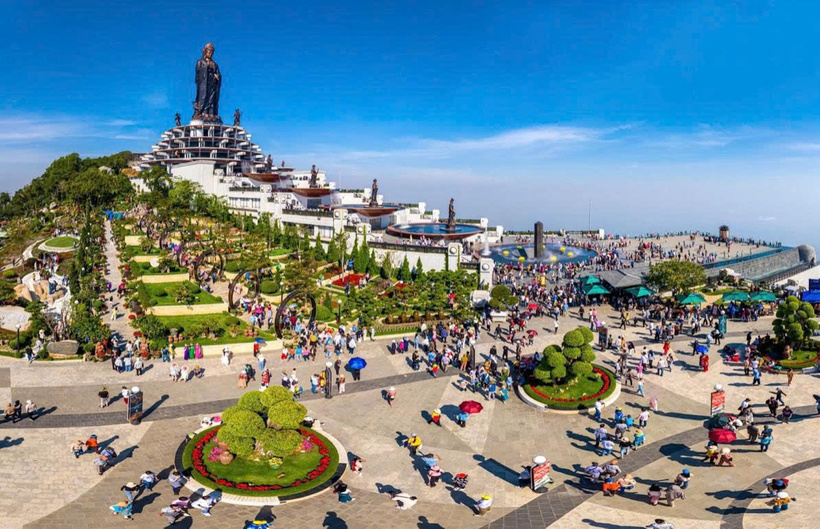
Ba Den Mountain, known as the “roof of the South,” welcomes millions of visitors each year.
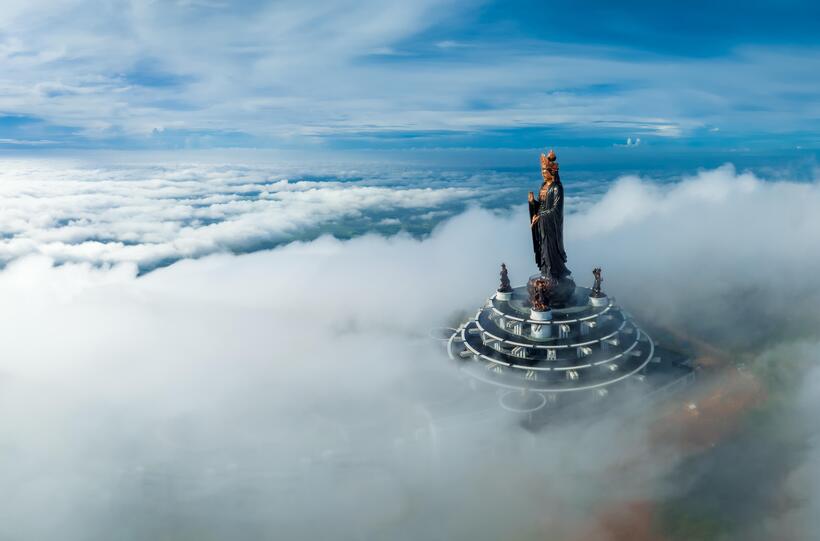
Ba Den Mountain, once a purely spiritual landmark, has now transformed into a vibrant tourism destination, turning culture itself into a driving force for development.
Table 1. Comparison of spiritual tourism models between Vietnam and Pakistan
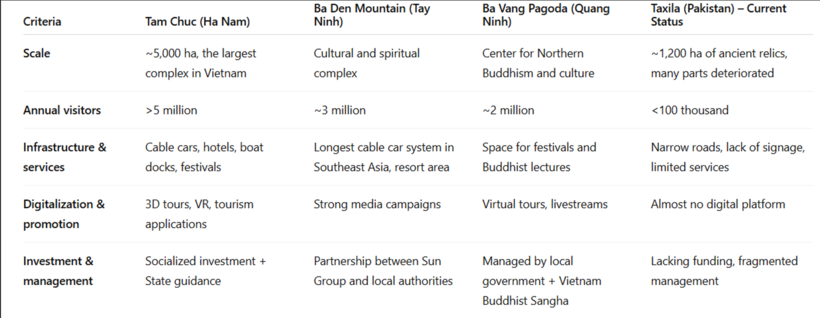
Taxila, too, can rise again, if given vision and strategy. Its sacred stones could once more attract pilgrims and scholars, transforming heritage into sustainable development. For Pakistan, revitalizing Taxila is not just about preserving ruins, but about awakening a legacy.
Reviving the trans: Asian Buddhist dream
During a discussion at the Gandhara Museum, a Pakistani official said softly: “We have temples from the third century, but few visitors now.” His words lingered as I thought of the crowded courtyards of Tam Chuc and the glowing candles on Ba Den at dusk. Vietnam has found a way to channel spiritual values into soft economic power, bridging culture, tourism, and community.
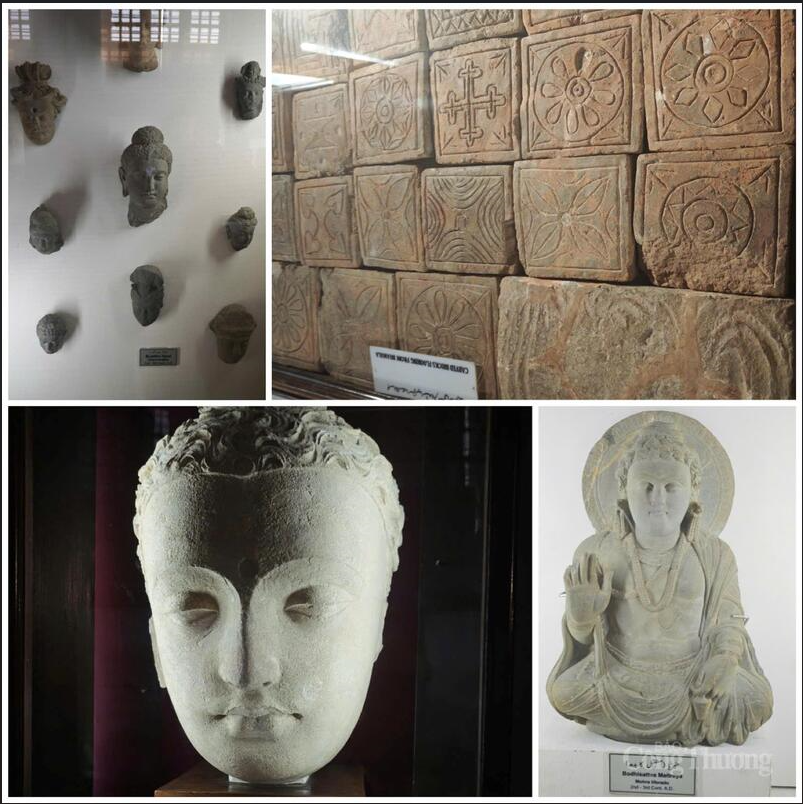
The site museum preserves thousands of ancient artifacts, revealing Taxila’s past as a magnificent Buddhist center intricately linked to the flourishing trade along the ancient Silk Road.
Pakistan can do the same. Sites like Taxila, Swat, and Peshawar could form part of a “Trans-Asian Buddhist Heritage Trail,” linking Bodh Gaya (India), Bagan (Myanmar), and Yen Tu (Vietnam). It would be more than a pilgrimage, it would be a journey through the origins of Asian civilization.
Vietnam could also support Pakistan in digitizing heritage, as it has done with 3D projects of the Thang Long Citadel or One Pillar Pagoda. A virtual tour of Taxila in Urdu, English, or Vietnamese could bring the world to this valley of wisdom. In the digital age, even a VR image can revive a legacy.
Table 2. Vietnam’s spiritual tourism model - Lessons for Pakistan

From coffee to spices: Halal as a cultural language
During our working days in Islamabad, alongside the trade discussions, what struck me most was the story of Halal cuisine. At the reception table of Pakistan’s Ministry of Commerce, when Minister of Industry and Trade Nguyen Hong Dien raised a cup of Vietnamese coffee certified Halal, and his Pakistani counterpart invited him to taste Karachi spiced milk tea, I suddenly realized, Halal is a vast, untapped reservoir of trade potential waiting for Vietnam.
For Muslims, Halal is not merely a food standard, it is a living culture founded on cleanliness, compassion, and respect for both nature and humanity. Coincidentally, these very values align perfectly with the Vietnamese culinary philosophy of being “natural, fresh, clean, and pure.”
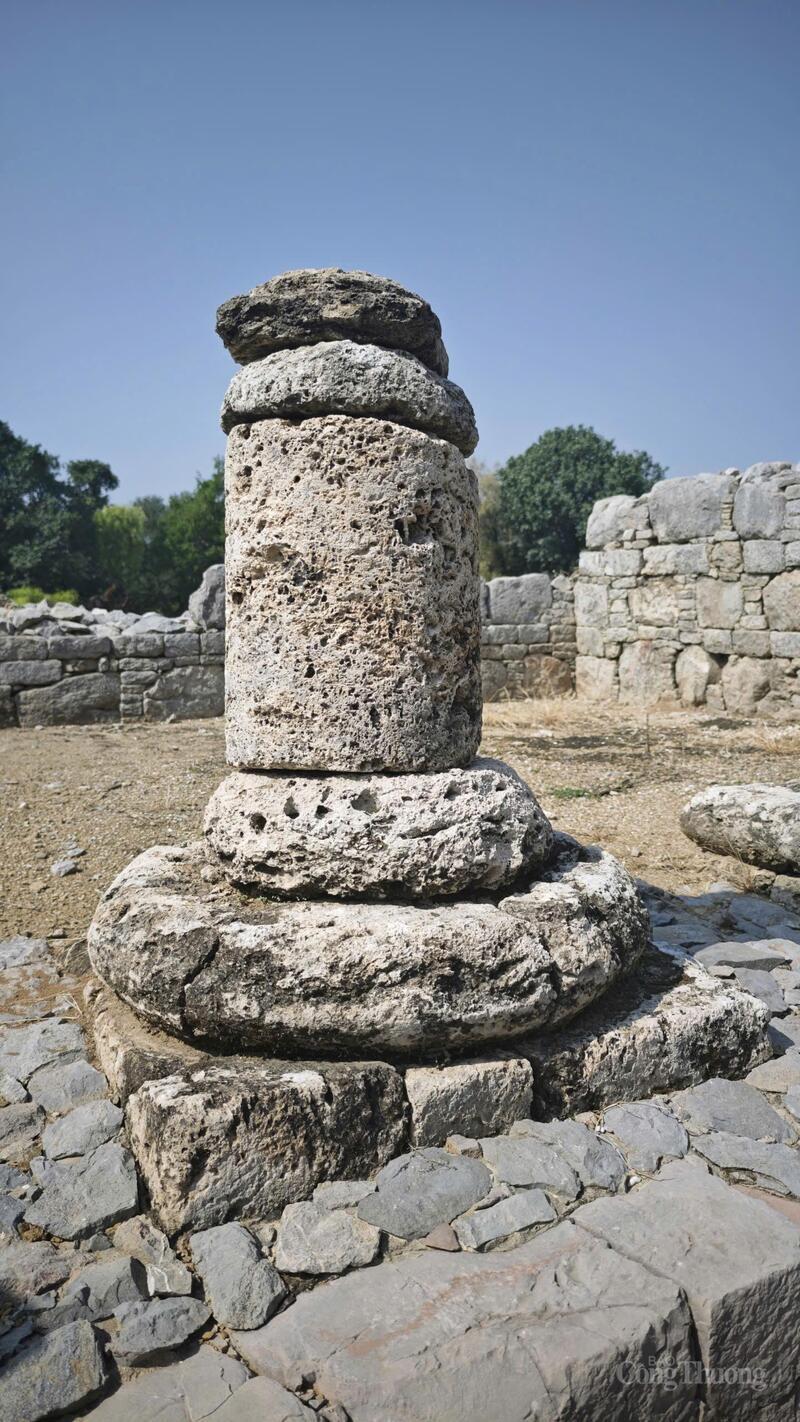
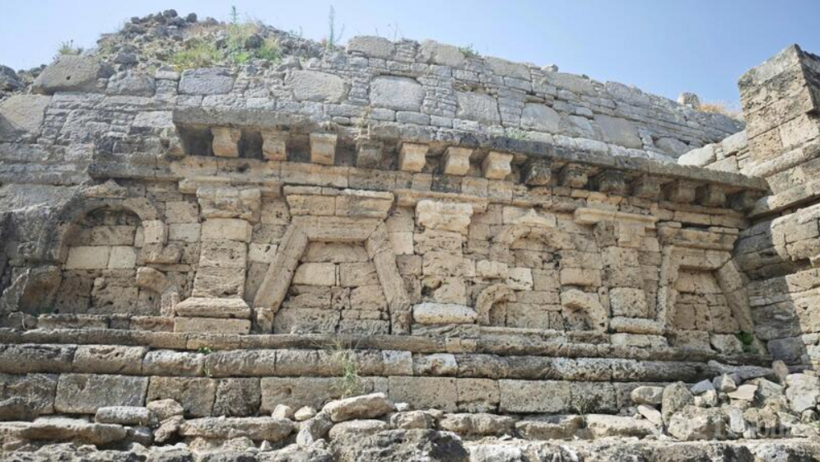
Taxila lies on a branch of the ancient Silk Road, connecting China with the Western regions. It was once one of Asia’s great centers of learning and commerce.

The author of the article at the site museum.
In essence, it mirrors Vietnam’s own culinary philosophy: “fresh, natural, and pure.” The global Halal market now exceeds USD 2.3 trillion annually, with Pakistan as one of its key players. Vietnam, with its growing network of Halal-certified seafood, coffee, and vegetarian exports, is entering this dynamic space.
During bilateral talks, both ministers agreed, Halal cooperation is not only about trade, it is about culture. That simple statement opens vast possibilities. Imagine a Vietnam - Pakistan Halal Food Week, where Vietnamese coffee meets Pakistani spices; or a “Halal Asia” network connecting chefs, businesses, and artisans. Each shared meal could become an act of diplomacy, each recipe a story of friendship.
Table 3. Halal cooperation opportunities between Vietnam and Pakistan
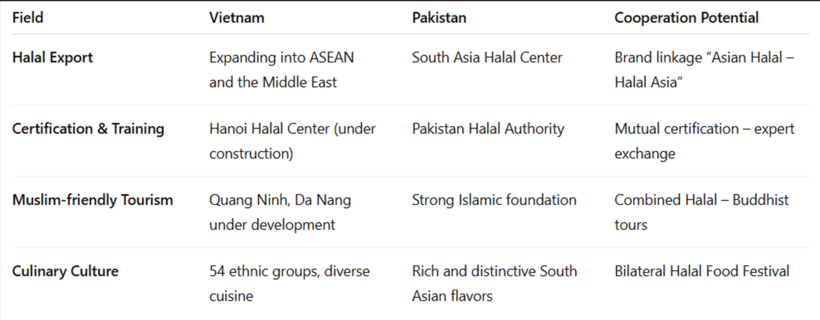
Awaiting the awakening of the stone valley
Late in the afternoon in Islamabad, desert winds swept across the cracked Gandhāra Buddha statues. In the eyes of our Pakistani guide, I sensed a quiet sorrow, the sadness of a nation burdened with immense heritage yet not strong enough to fully preserve it. My mind drifted to Tay Ninh, Tay Thien, and Tam Chuc in Vietnam, once swampy, stony lands that have since transformed into magnificent spiritual complexes.
I believe that one day, Pakistan will create its own “Taxila miracle.”
Two nations, both having endured war, division, and reconstruction, now stand ready to build a “soft cultural bridge” linking Southeast Asia and South Asia. When culture is regarded as national strength, when cuisine becomes a language, and when tourism is rooted in heritage, that is how nations can be reborn from their very own memories.
I was reminded of the reflections shared by Ambassador Kohdayar Marri of Pakistan to Vietnam ahead of Minister Nguyen Hong Dien’s official visit. His background resembles that of an artist, a graduate in architecture and design from Oxford Brookes University (the UK), trained in photography and filmmaking, author of several acclaimed documentaries and short films, and once, a journalist himself.
He said: “I personally initiated and encouraged Pakistan’s Ministry of Commerce to engage with Vietnam to improve our agendas and finalize trade agreements. Many Vietnamese products cannot yet enter Pakistan, and vice versa, due to the lack of proper frameworks. My hope is that the two countries will soon sign a Free Trade Agreement (FTA). However, Pakistan’s Ministry of Commerce believes that the process should proceed step by step, starting with a forthcoming Preferential Trade Agreement (PTA).”
Beyond politics and economics, Ambassador Kohdayar Marri of Pakistan to Vietnam has shown a deep passion for strengthening cooperation in tourism, culture, and people-to-people exchanges during his tenure. He believes that only through the bridge of culture can both nations truly understand each other, and together, build the soft power that sustains bilateral relations.
Indeed, as the Ambassador said, I, too, hope that one day Vietnamese travelers will make a spiritual journey from Yen Tu to Tam Chuc to Taxila, sipping Pakistan’s Halal tea, tasting Vietnam’s Halal coffee, listening to stories of Xuanzang’s sacred journey, and continuing a new chapter of Asia, an Asia reborn through culture, faith, and the human spirit.
Vietnam - Pakistan: Two decades, two rivers, one dream - Part 1: Trade pioneers
Vietnam - Pakistan: Two decades, two rivers, one dream - Part 2: A new Silk Road

19:05 | 23/03/2025 14:30 | 11/12/2025News and Events
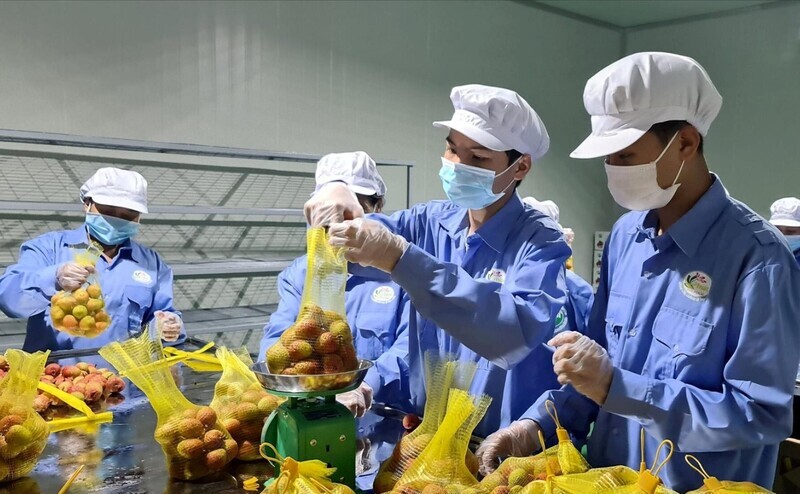
19:05 | 23/03/2025 10:10 | 11/12/2025News and Events
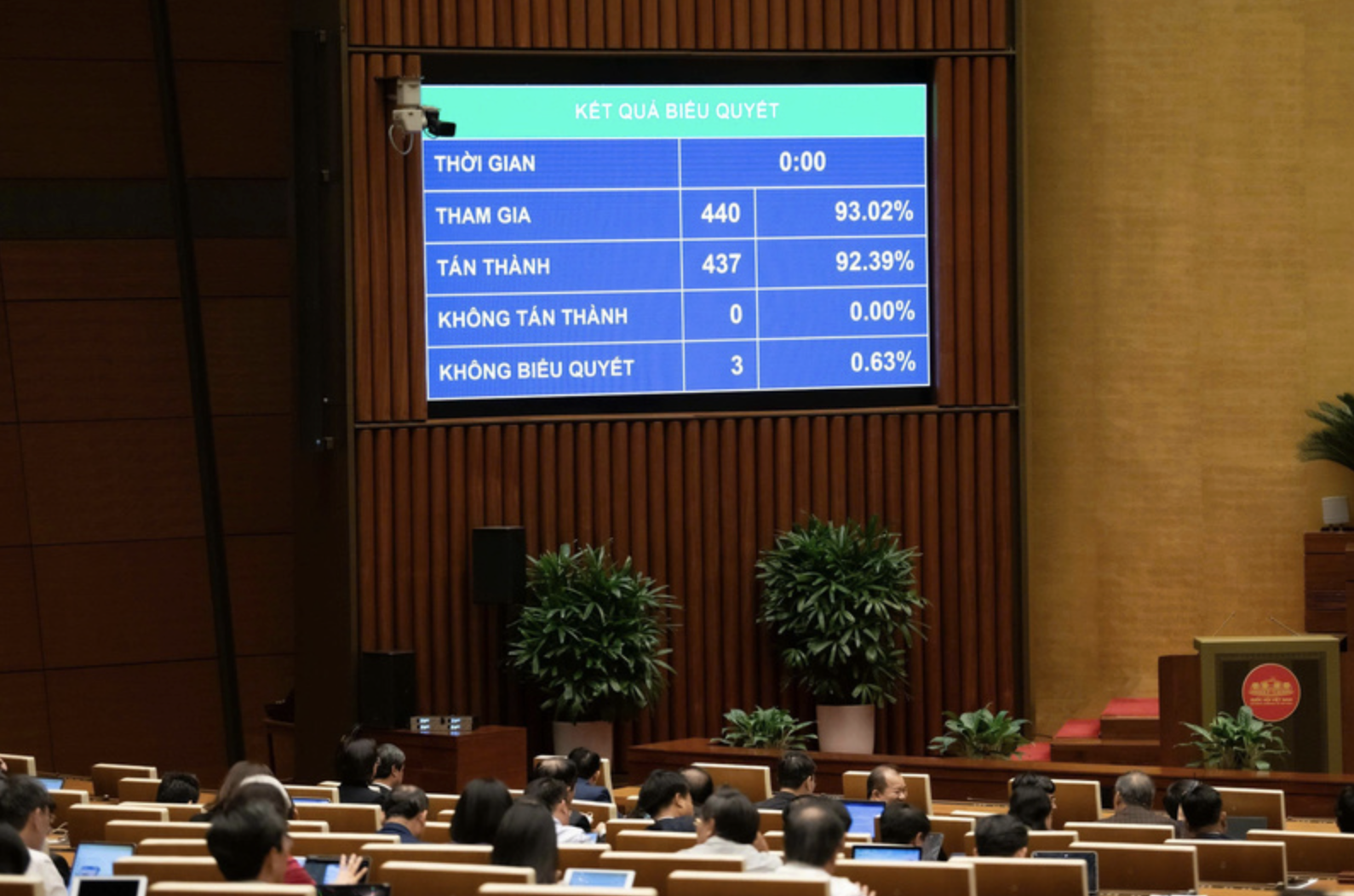
19:05 | 23/03/2025 17:18 | 10/12/2025News and Events
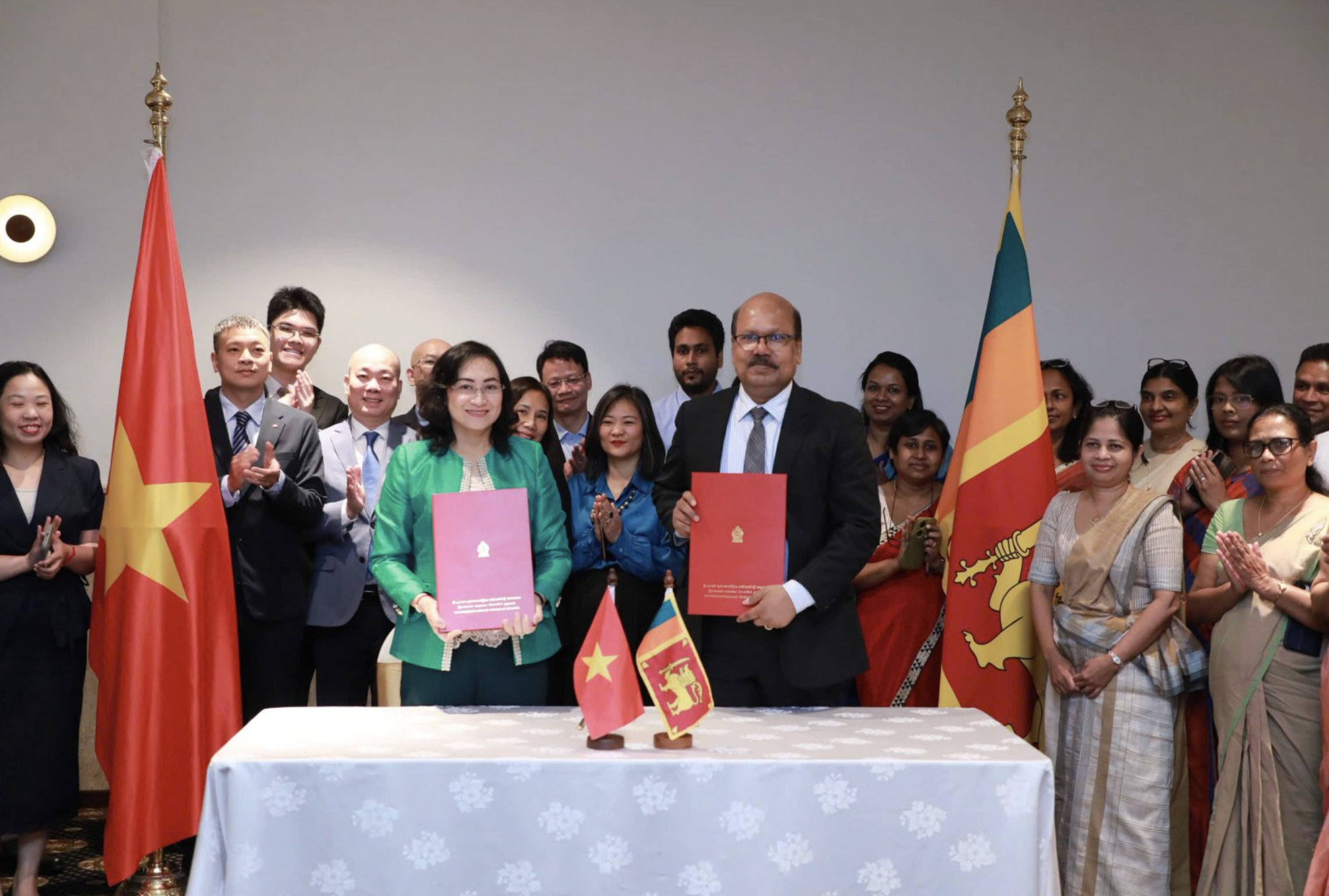
19:05 | 23/03/2025 17:16 | 10/12/2025Trade
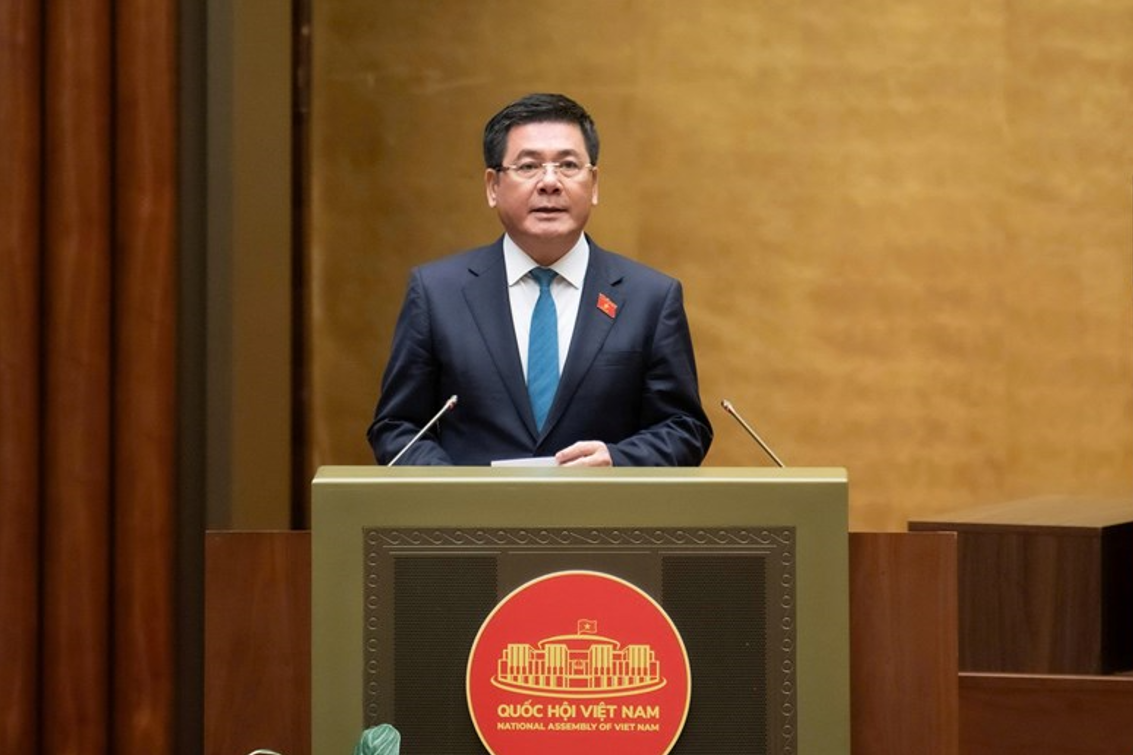
19:05 | 23/03/2025 13:03 | 10/12/2025News and Events